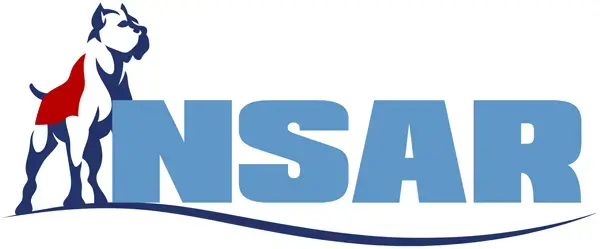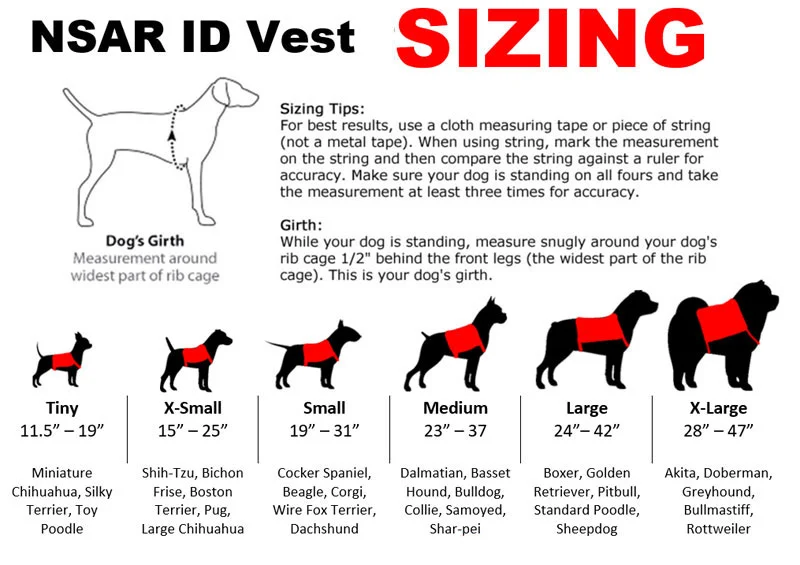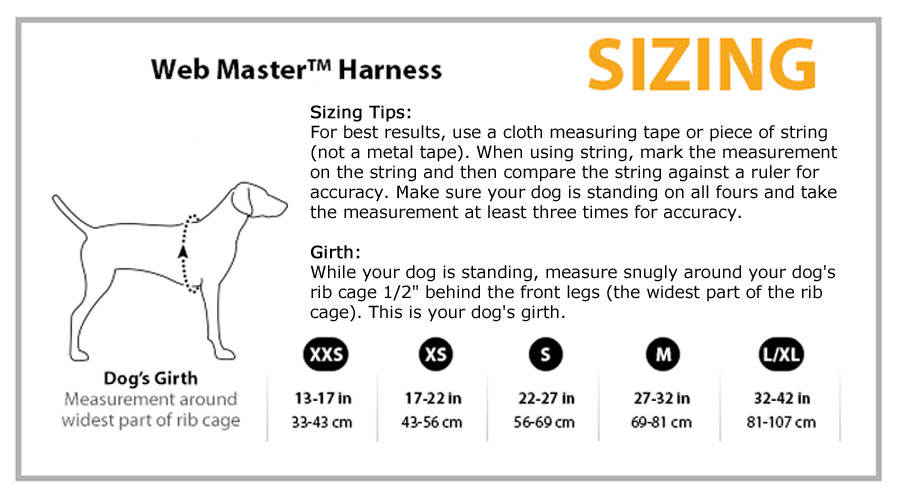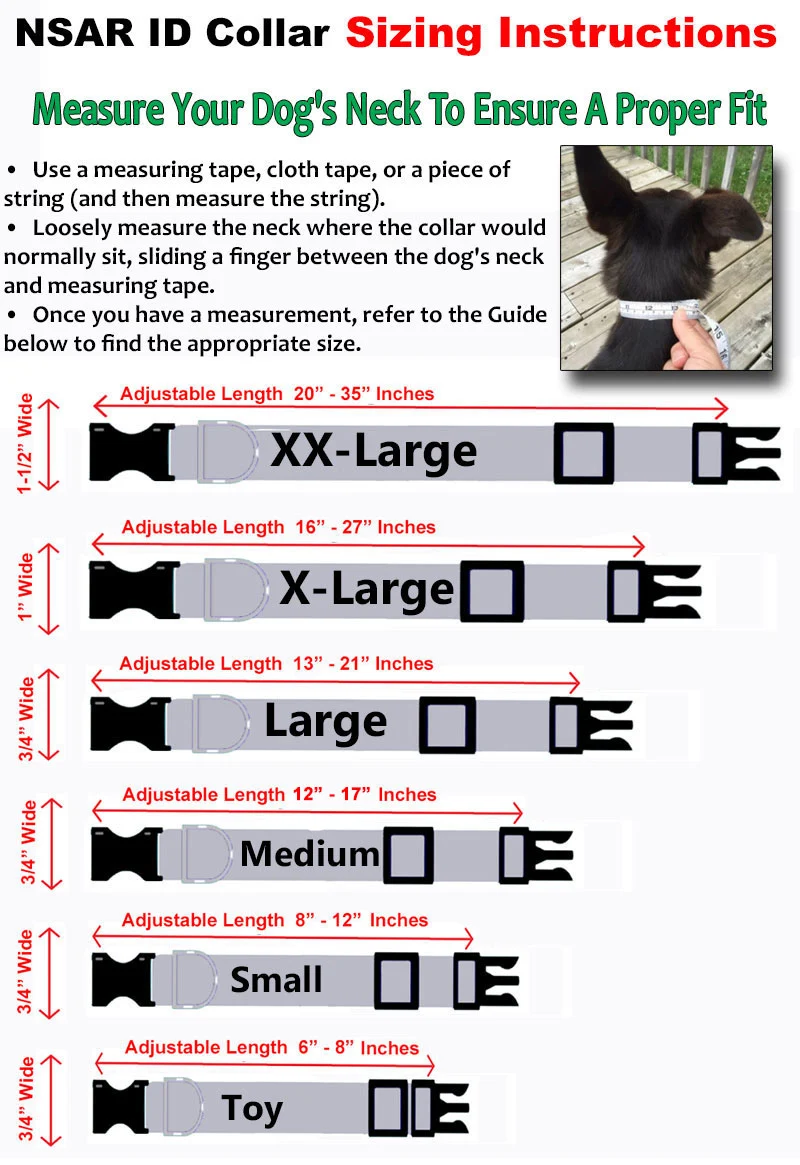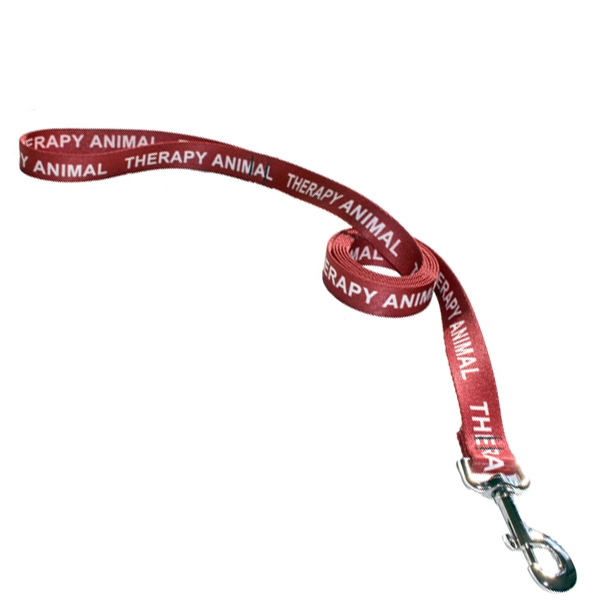
International Bull Terrier Day is not just a day to celebrate one of the most distinctive and spirited dog breeds; it’s an opportunity to spread awareness about their welfare, underscore their potential as emotional support animals, and inspire community involvement. Whether you’re a seasoned Bull Terrier owner or a dog lover interested in this unique breed, there’s no better time to delve into organizing memorable activities, crafting DIY projects, and learning more about their care. Here’s your ultimate guide to making the most out of this special day, ensuring it’s enjoyable, safe, and inclusive for everyone involved.
Organizing a Bull Terrier Meet-Up
Indoor Activities
An indoor meet-up can be the perfect setting for Bull Terrier owners and enthusiasts to gather, especially if the weather isn’t cooperating. Consider organizing a photo booth with breed-specific props, an obedience demonstration or workshop to highlight the intelligence and trainability of Bull Terriers, and a “Bull Terrier’s Got Talent” show to showcase their unique skills and personalities.
Outdoor Activities
Outdoor meet-ups offer ample space for Bull Terriers to play and engage in more vigorous activities. Organize a fun obstacle course, a friendly tug-of-war competition, or a relaxed walk in a dog-friendly park. Always ensure the location is safely enclosed and that there’s plenty of water and shade available.
Care Tips for Bull Terrier Owners
Bull Terriers, known for their egg-shaped head and muscular build, require specific care to ensure they lead a healthy, happy life. Nutrition tailored to their energetic nature, regular veterinary check-ups, and plenty of exercise are paramount. Additionally, their strong personalities demand consistent, positive reinforcement training methods and early socialization to foster well-behaved companions.
DIY Projects for Dog Toys and Treats
Safe and Healthy Dog Toys
Engage your creativity and environmental consciousness by repurposing old clothes or towels into durable braided tug toys. Not only are these eco-friendly, but they also provide an excellent outlet for your Bull Terrier’s energy. Always choose safe, non-toxic materials and supervise playtime to avoid accidental ingestion of small parts.
Homemade Dog Treats
Whip up some homemade dog treats using simple, healthy ingredients like pumpkin, peanut butter (make sure it’s xylitol-free), and oats. Creating these treats can be a fun activity, and you’ll have peace of mind knowing exactly what’s in your dog’s snacks. Plus, these can be great gifts for other Bull Terrier owners at meet-ups!

The Role of Bull Terriers as Emotional Support Animals
Bull Terriers have a remarkable capacity to form deep bonds with their owners, making them excellent emotional support animals. Their intuitive nature and affectionate demeanor can be particularly comforting. If you’re considering your Bull Terrier for this role, focus on socialization and training that emphasizes calm, supportive behaviors.
Bull Terrier Welfare: Adoption, Training, and Healthcare
Adoption
Encouraging the adoption of Bull Terriers from shelters or rescue organizations is a vital part of celebrating International Bull Terrier Day. Share success stories and adoption information on social media to inspire others.
Training
Invest in positive reinforcement training classes to build a strong foundation of obedience and manners. This investment not only enhances your bond with your Bull Terrier but also ensures they are well-behaved members of the community.
Healthcare
Promote the importance of regular veterinary care, including vaccinations, dental care, and spay/neuter services. Educate Bull Terrier owners about breed-specific health issues and the importance of early detection and treatment.
Inspiring Community Involvement and Social Media Engagement
Leverage the power of social media to raise awareness about Bull Terrier welfare, share event details, and inspire community participation. Use hashtags, photo contests, and challenges to engage a wider audience. Encourage participants to share their own stories and tips, fostering a supportive online community.
Simple and Engaging Campaign Ideas
Celebrate International Bull Terrier Day with eco-friendly initiatives like park clean-ups or crafting sessions for making sustainable dog toys. Organize educational seminars or webinars on responsible Bull Terrier ownership, training, and care. These activities not only celebrate the breed but also contribute positively to the community and environment.
In conclusion, International Bull Terrier Day is the perfect occasion to celebrate these charismatic dogs, raise awareness about their needs, and foster a supportive, informed community. Through thoughtful organization, creative projects, and educational efforts, we can ensure this day is meaningful, enjoyable, and beneficial for Bull Terriers and their human companions alike.
Brought to you by National Service Animal Registry. Learn more about us and how to qualify your pet as a service dog, emotional support animal (ESA), or therapy animal, TODAY!
